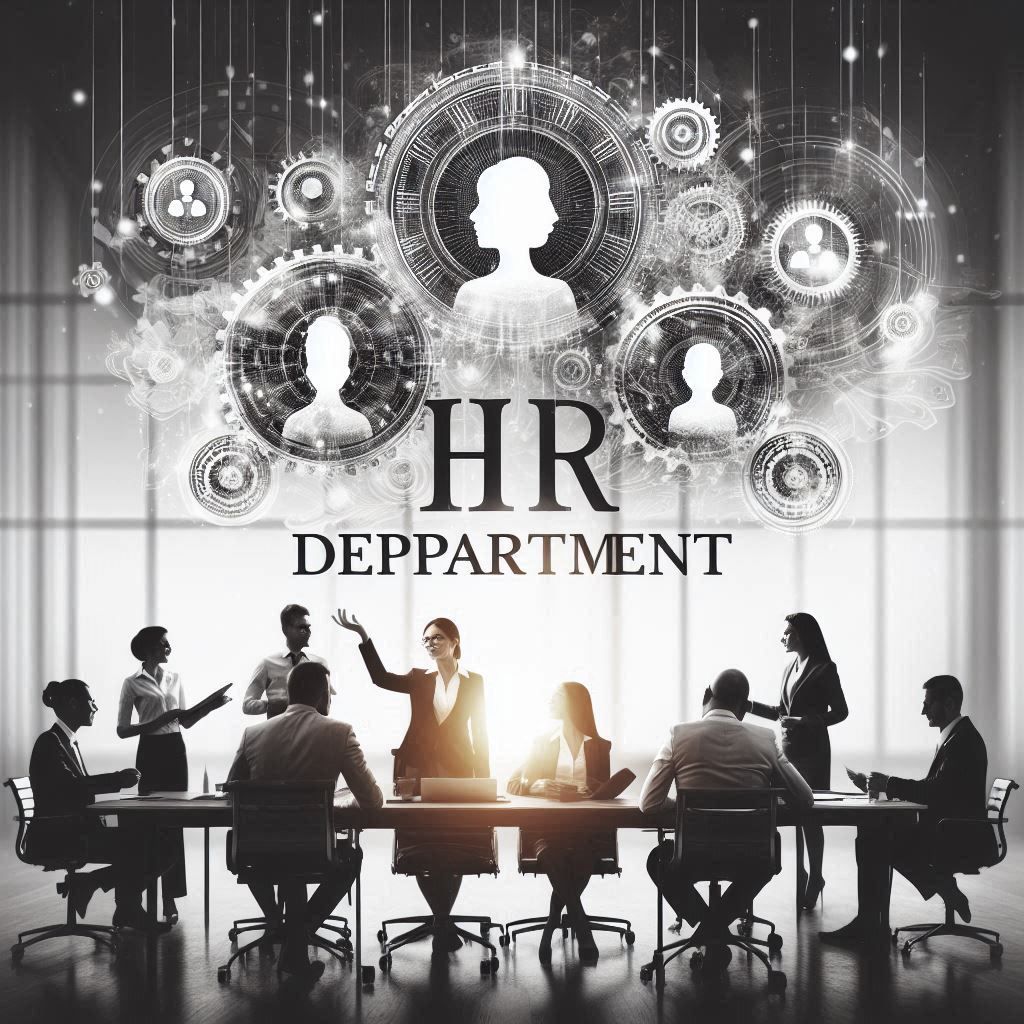
Read More: Long-Term Employees Leaving The Company: Who Is To Blame?
HRDept - All your efforts deserve to be rewarded
"Understanding the law is the first step to protecting employee rights and optimizing HR strategies." – HRDept
The revised Social Insurance (SI) Law was officially passed by the National Assembly on June 29, 2024, and will take effect on July 1, 2025. With several significant changes, the new law impacts not only employees but also sets new requirements for businesses and HR departments. HRDept will help you stay updated on the key changes so you can adapt effectively.
1. Minimum SI Contribution Period Reduced To 15 Years
One of the most significant changes in the 2025 SI Law is the reduction of the minimum contribution period required for pension eligibility from 20 years to 15 years. This adjustment:
✔ Expands pension eligibility: Older employees, freelancers, or those with interrupted SI contribution periods can now qualify for pensions earlier.
✔ Reduces financial burden: Employees no longer need to contribute for 20 years to receive retirement benefits.
Real-life example: A 50-year-old female worker who has contributed to SI for 15 years but was previously ineligible for a pension can now receive benefits without having to contribute an additional 5 years.
2. Pension Adjustment Based On Consumer Price Index (CPI)
Under the new regulation, pensions will be adjusted based on the Consumer Price Index (CPI) rather than solely on government decisions. This ensures that pension benefits increase in line with actual living costs, helping retirees maintain financial stability amid inflation.
Comparison Of Pension Adjustments Before And After 2025
| Criteria | Before 2025 | After 2025 |
|---|---|---|
| Adjustment Mechanism | Based on government decisions | Based on CPI increases |
| Flexibility | Limited, depends on state budget | More proactive, ensures pension value |
| Impact On Employees | Affected if budget is constrained | Better protection against inflation |
3. Restricting Lump-Sum SI Withdrawals – Encouraging Long-Term Participation
Currently, over 700,000 workers withdraw their SI benefits in a lump sum annually, which significantly affects their long-term financial security. The revised law introduces measures to limit lump-sum withdrawals, encouraging employees to stay in the system for full benefits.
✔ Flexible financial support: Employees facing financial difficulties can withdraw a portion instead of the full lump sum.
✔ Enhanced awareness campaigns: HRDept advises businesses and HR professionals to implement communication strategies highlighting the benefits of continued SI participation.
HRDept emphasizes: "Social insurance is not just a contribution; it is an investment in each employee's future."
4. Key Actions HR Needs To Take
4.1. Update Internal Policies
HR departments must review employment policies, labor contracts, and employee benefits to align with the new law.
✔ Adjust pension policies to ensure employees fully understand their rights.
✔ Provide guidance to help employees make informed financial decisions regarding SI benefits.
4.2. Enhance Employee Awareness
HR should conduct training sessions or distribute materials to keep employees informed about key SI changes in 2025.
✔ Explain how pension calculations will work under the new system.
✔ Highlight the advantages of long-term SI participation over lump-sum withdrawals.
5. Conclusion: HR Must Be Ready For Change
The 2025 Social Insurance Law impacts both employees and businesses, requiring HR professionals to adapt proactively. HRDept recommends:
✔ Stay updated on the new regulations to provide accurate guidance to employees.
✔ Adjust internal HR policies to ensure full compliance.
✔ Strengthen internal communication to help employees fully understand their rights.
"Successful businesses don’t just comply with the law; they leverage changes to optimize HR strategies." – HRDept
Are you ready to adapt to the critical changes in the 2025 Social Insurance Law? HRDept is always here to support HR professionals and businesses in updating and implementing effective workforce policies!